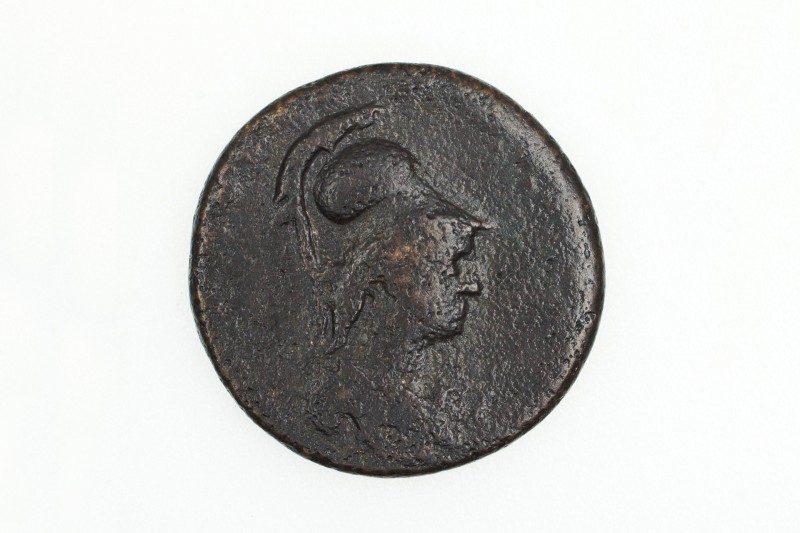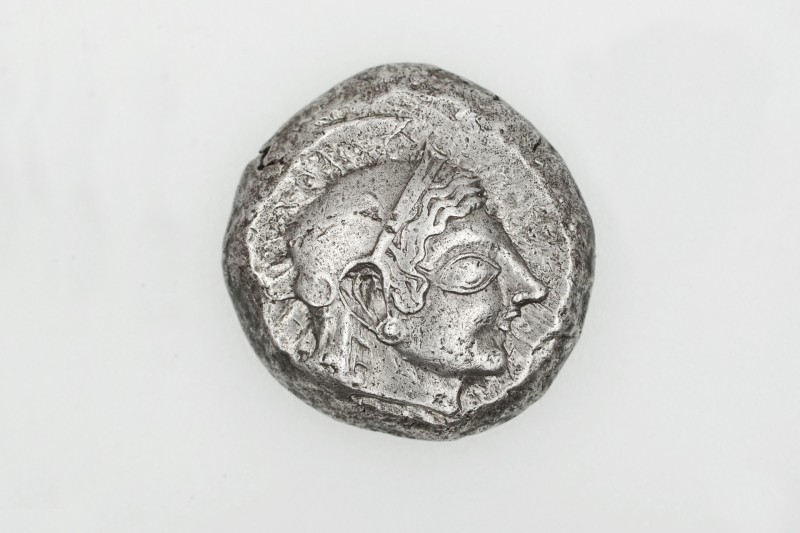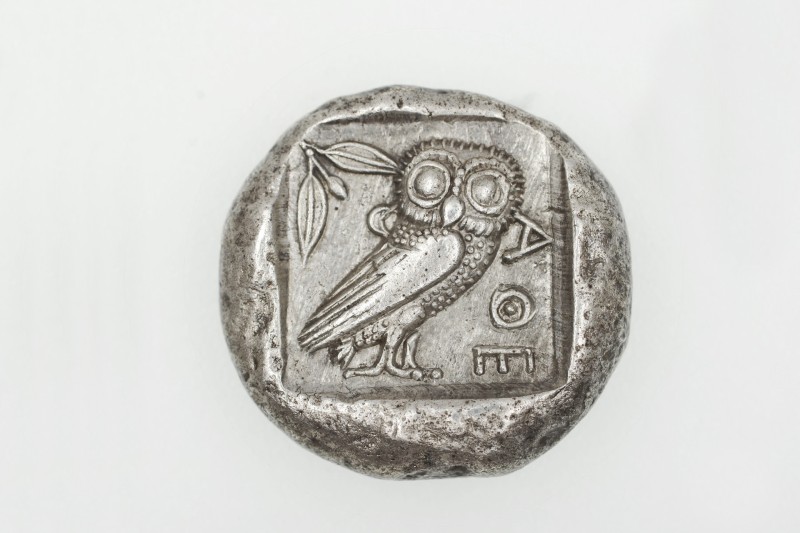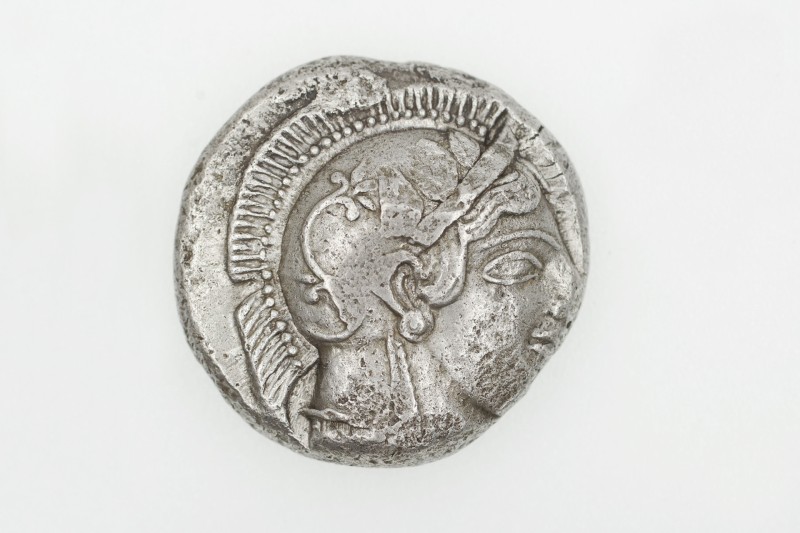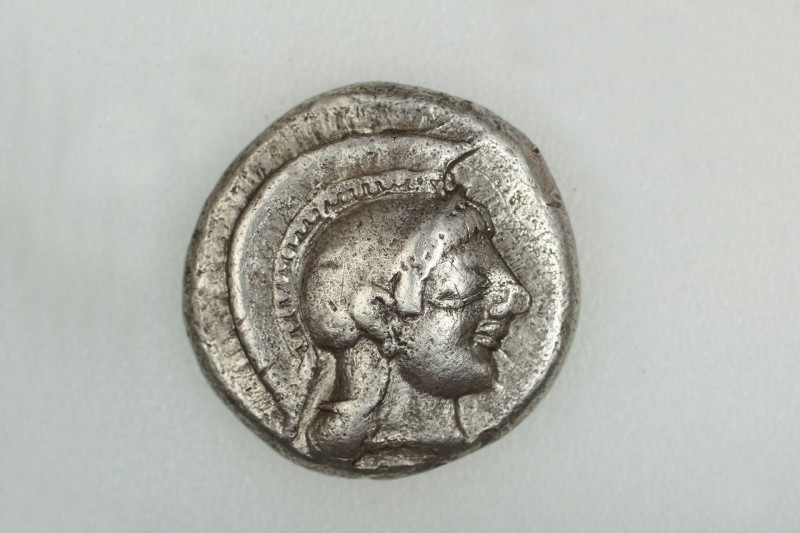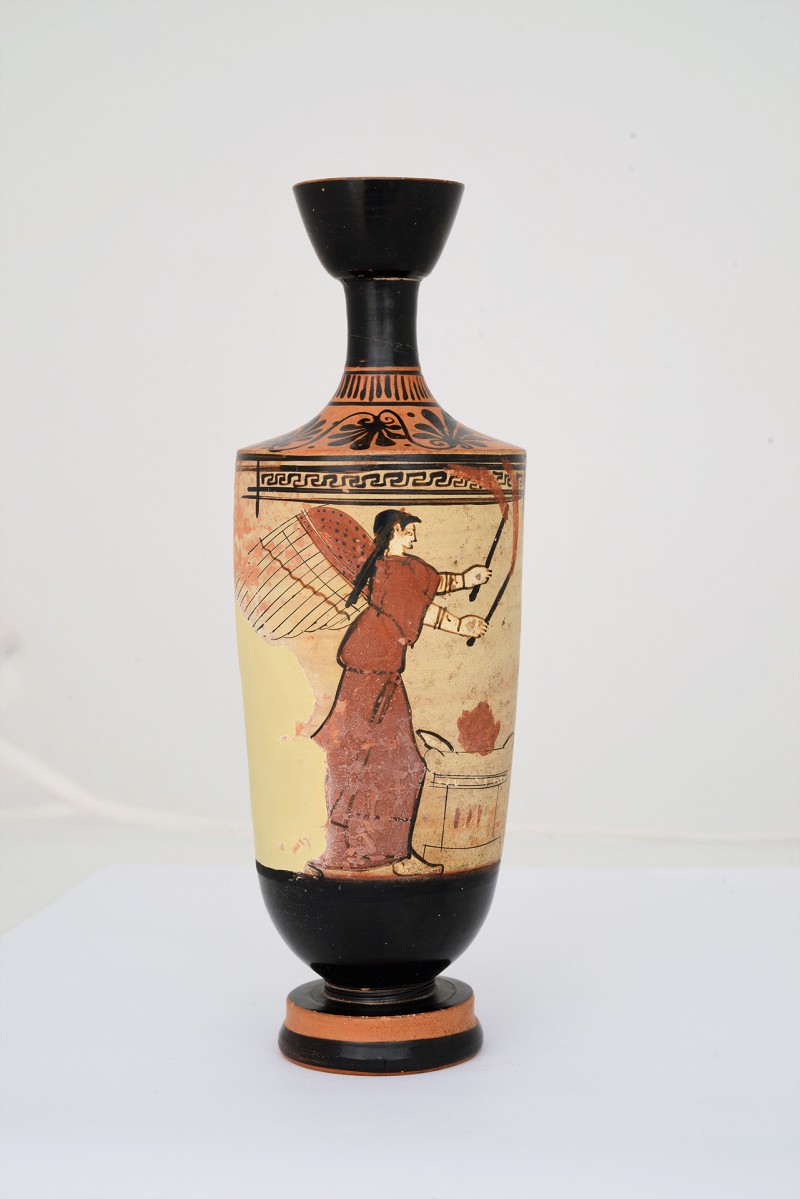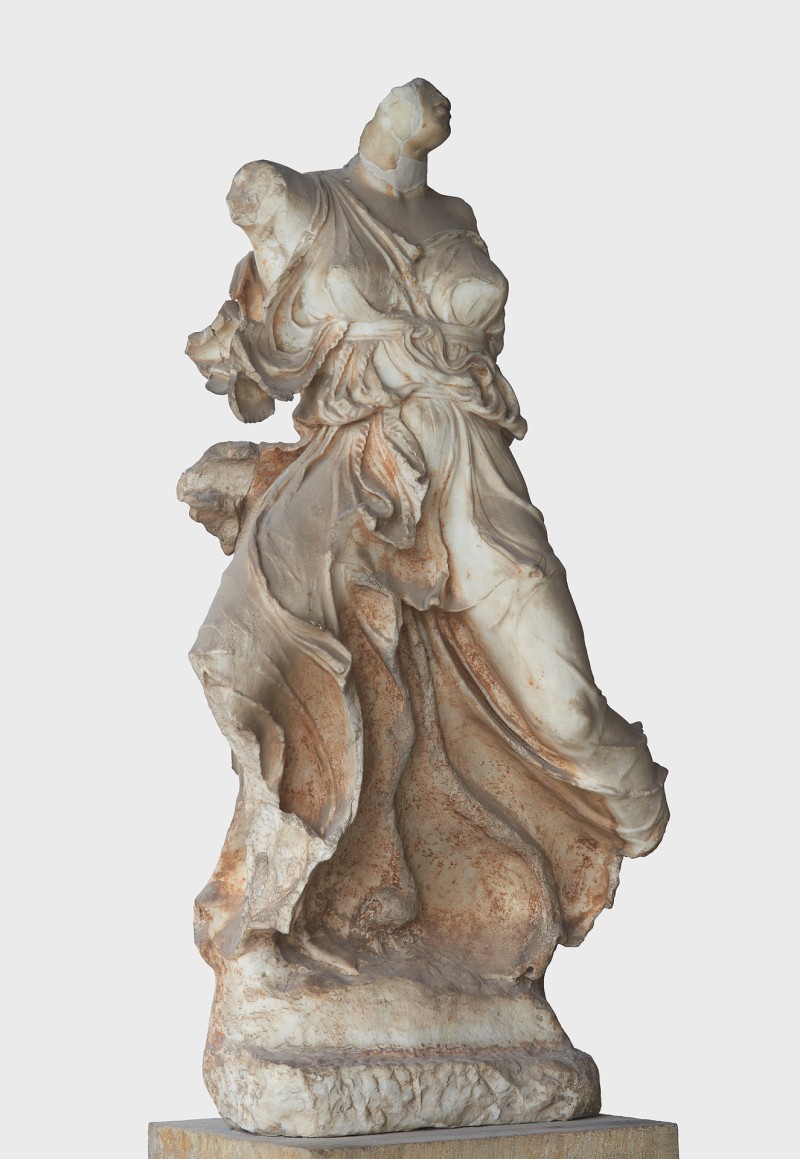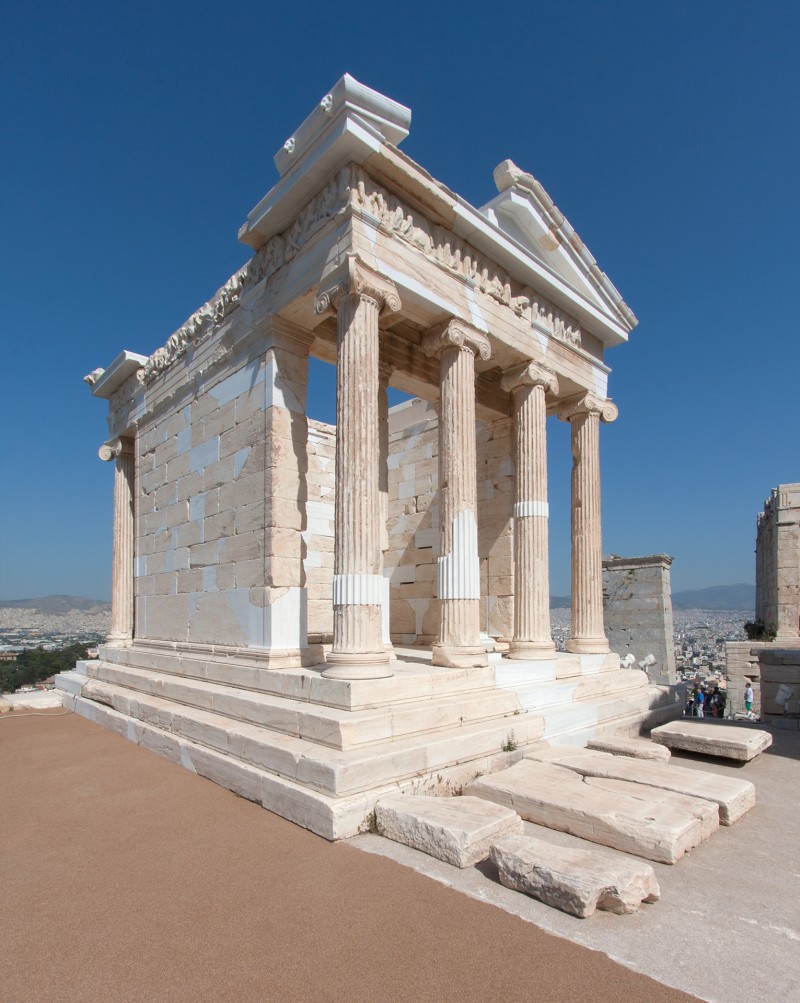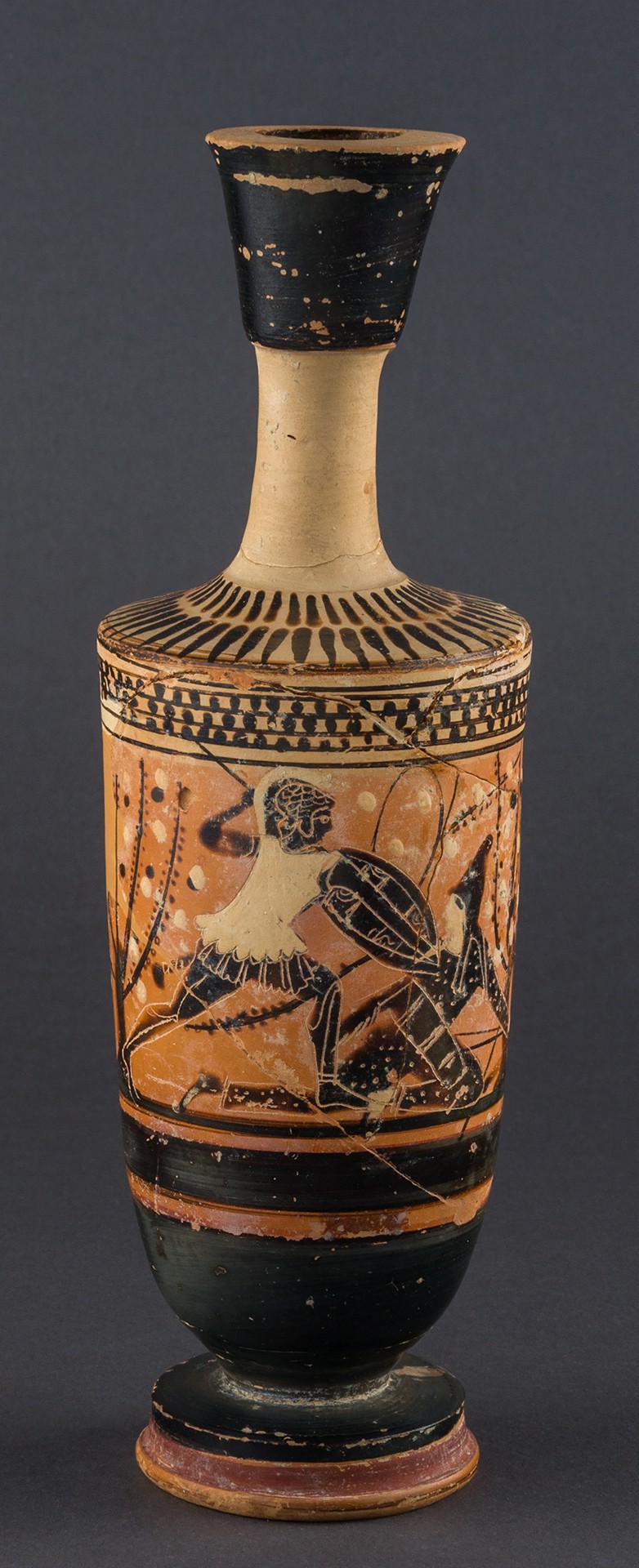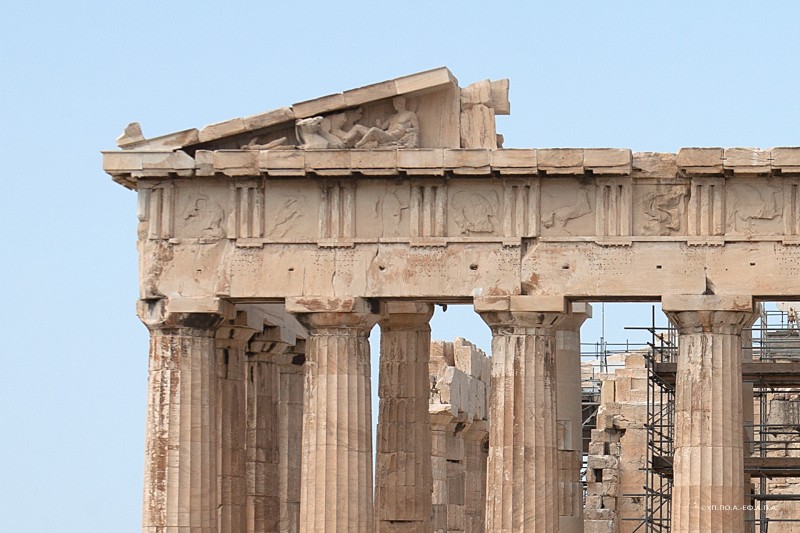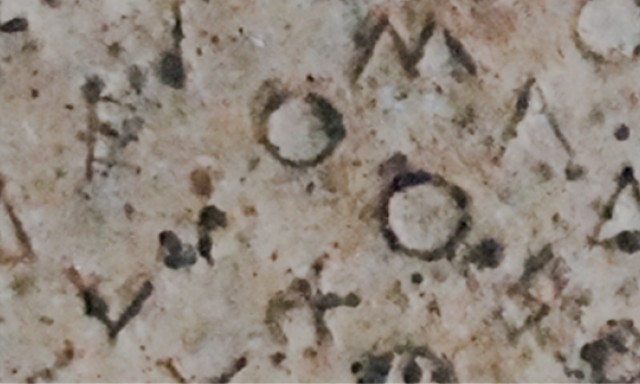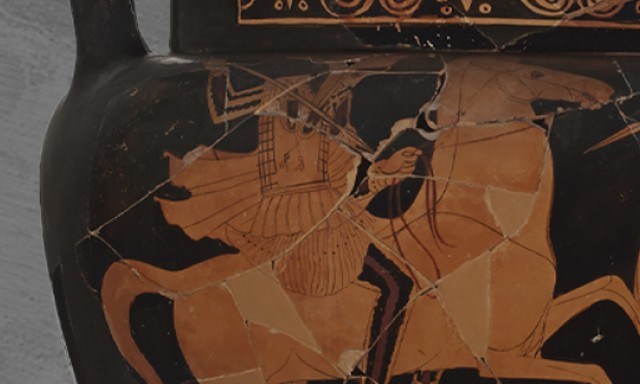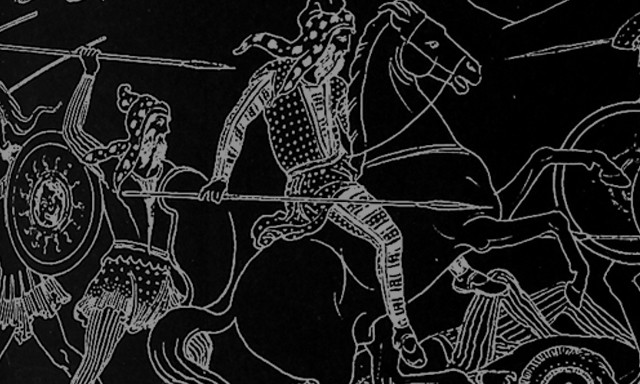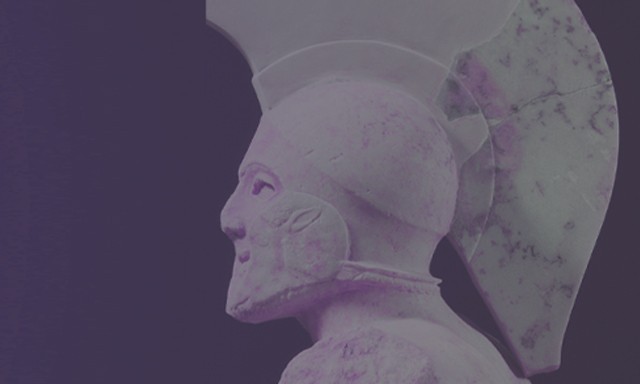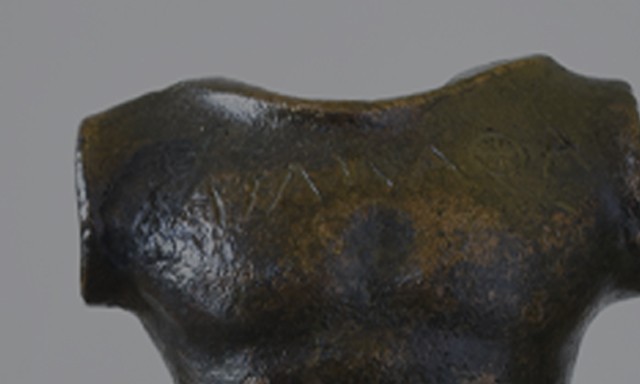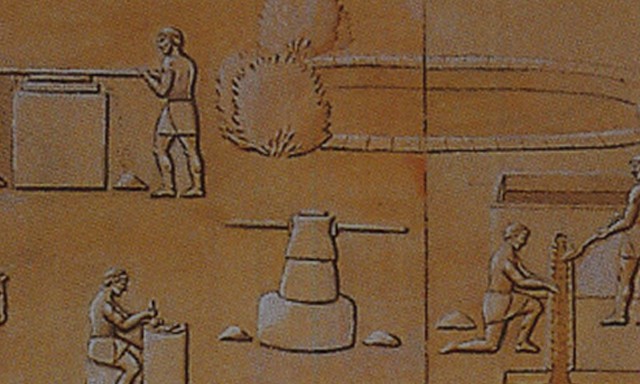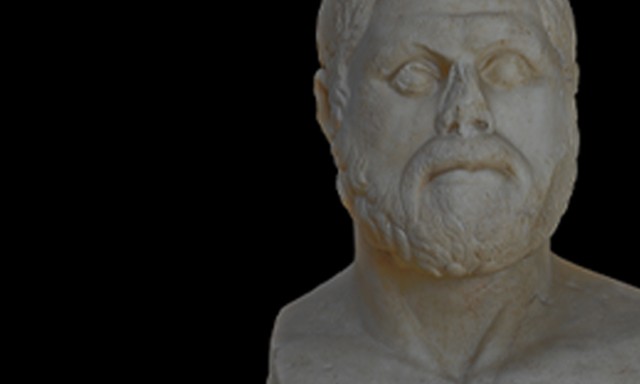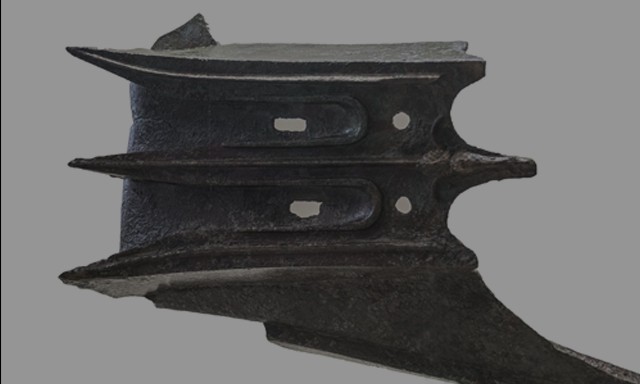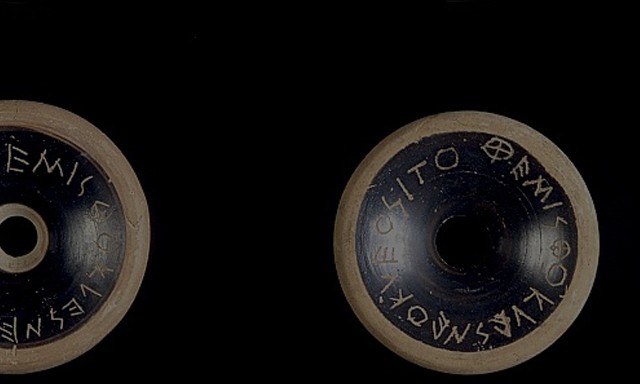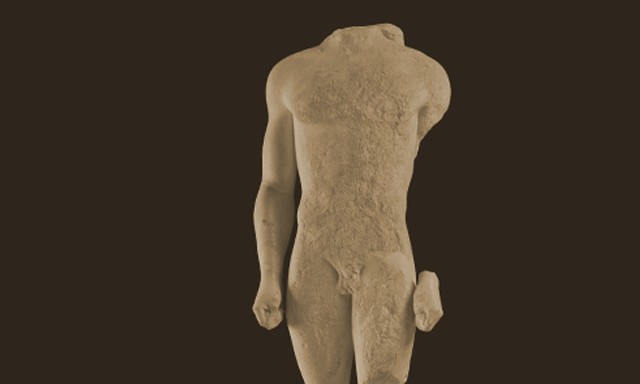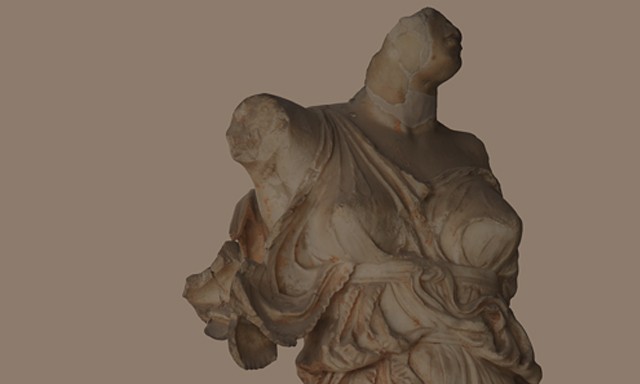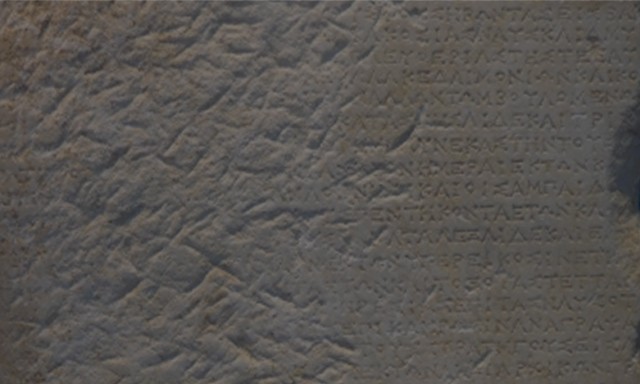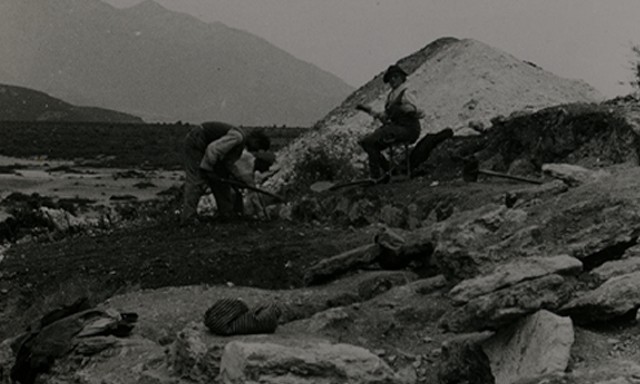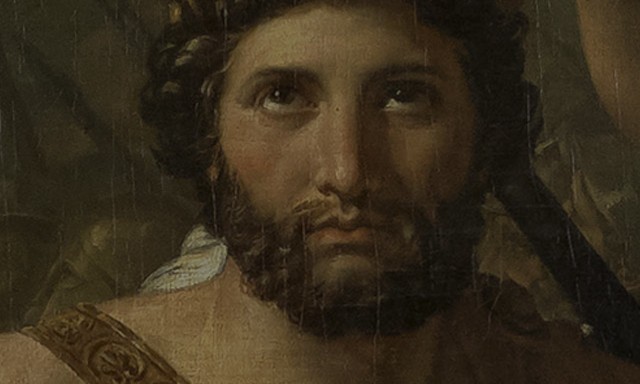CHAPTER CREDITS
With the end of the wars, the Greeks dedicated magnificent trophies at the sanctuaries of the gods in token of gratitude and constant reminiscence of their victory. They reflected their pride on art: the personifications of Nikē, youthful, winged and slender, decorated pottery vessels and sculpted compositions, whereas depictions of Amazonomachy are considered today as a subtle nuance to the recent events and thus became extremely popular. The echo of the victory is imprinted also on the coin mints, traveling to the entire known world of that era.
Coins, then as now, did not have only a financial but also a symbolic value, as they summarized in their pictorial representations the distinctive identity of each city: they reminded its myths and traditions, promoting, sometimes, its political ambitions as well.
Athens constituted a typical case. Since the end of the 6th cent. BC the depictions decorating both sides of its coins become standardized: on the obverse the head of the protecting goddess, Athena, wearing an Attic helmet, and on the reverse the owl, her symbol.
At the turn of the 5th cent. BC little details are added to the established depictions: on the obverse leaves of the sacred olive tree decorate Athena’s helmet forming a wreath, an eloquent allusion to victorious struggles. On the reverse, a little branch of an olive tree accompanies the owl. On the tetradrachms, the most common and strong currency in the Classical era, a little crescent is also added. Its interpretation is not clear: some scholars think that it stresses the nocturnal nature of the bird, whereas others connect the crescent to the Persian Empire, the Persian wars and the prevalence of the Greeks in these wars.
CREDITS
DISCOVER THE EXHIBITS
Choose one of the objects of the exhibition
EXPLORE THE EXHIBITION
Choose a chapter of the Exhibition
